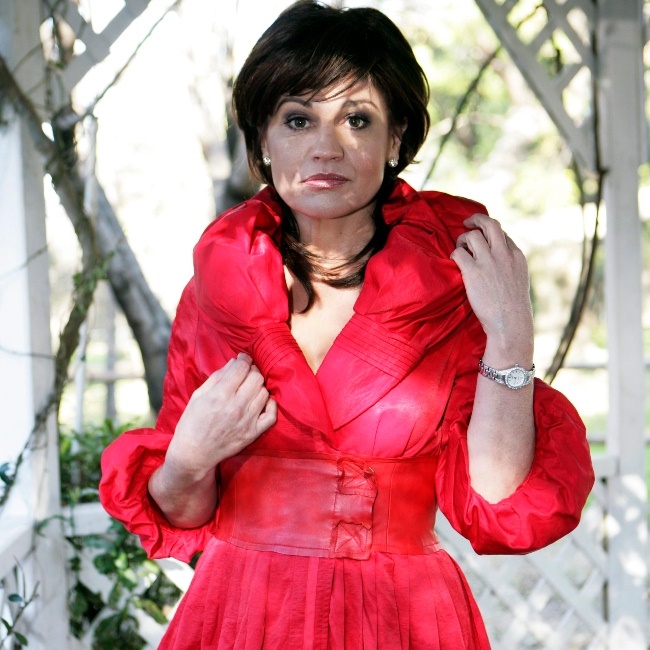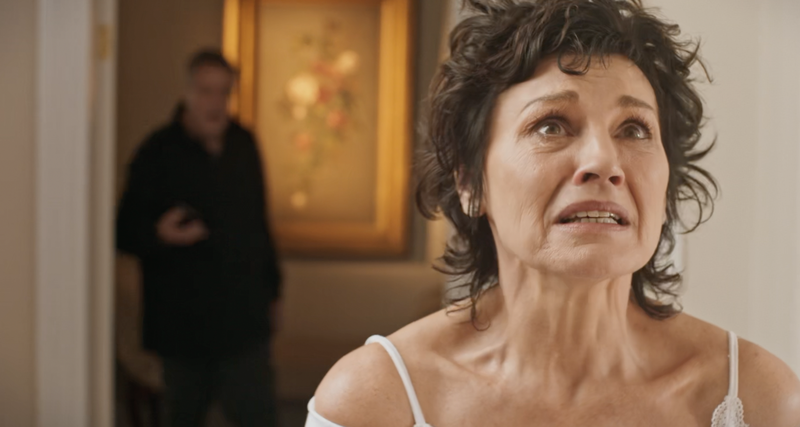South African actress Michelle Botes is famously known for her villainous role of Cherel de Villiers-Haines on popular show Isidingo, though she’s played other characters after exiting the SABC3 soapie. The legendary actress Michelle Botes portrayed the character of Cherel de Villiers-Haines in the SABC3 soapie Isidingo for over a decade, from 1998 to 2007 and returned in August 2010.
She told IOL in 2011 that returning to the role was “weird, wonderful and familiar” and admitted she received strange reactions from people. It has been lovely to find Cherel again and while it was a whole set of circumstances that saw her return, which is normally the way of the world, she was not to be ignored.
She added that her inspiration to play Cherel came from many women who have been wronged, who fight back, and how creatively they do it. Cherel and I aren’t that similar, but I think I live by my own rules, independent of others’ opinions.”
Botes’ popular character married Barker Haines (Robert Whitehead), then became Cherel de Villiers-Haines-Le Roux when she married Braam Le-Roux (Anton Dekker) then became Cherel de Villiers-Haines-Le Roux-Homes after marrying Eddie Holmes (Paul Buckby).
TVSA reports that the former Isidingo actress Michelle Botes graduated with a Performer’s Diploma in Speech and Drama (Bilingual) and a Teaching Diploma from Stellenbosch University and the University of Cape Town.
She also starred in the Afrikaans drama Binnerlanders from 2007 to 2010 as Ingrid Louw-Koster, for six seasons, played Dawn Pretorius in Family Secrets and many more. Botes returned to television in 2020 in MNet’s telenovela Legacy as Angelique Price and confirmed her retirement at 59 in a September 2022 interview with Weekend Argus.
She told the publication: “I have lived, loved and acted out my dream. There are many truths to a villain, and she turns into a monster, but it is a monster because she cares,” she said. She moved to Cape Town in 2022 after Legacy wrapped up filming in February and revealed she previously lived in Knysna for nearly seven years to recuperate.
Source: thesouthafrican




